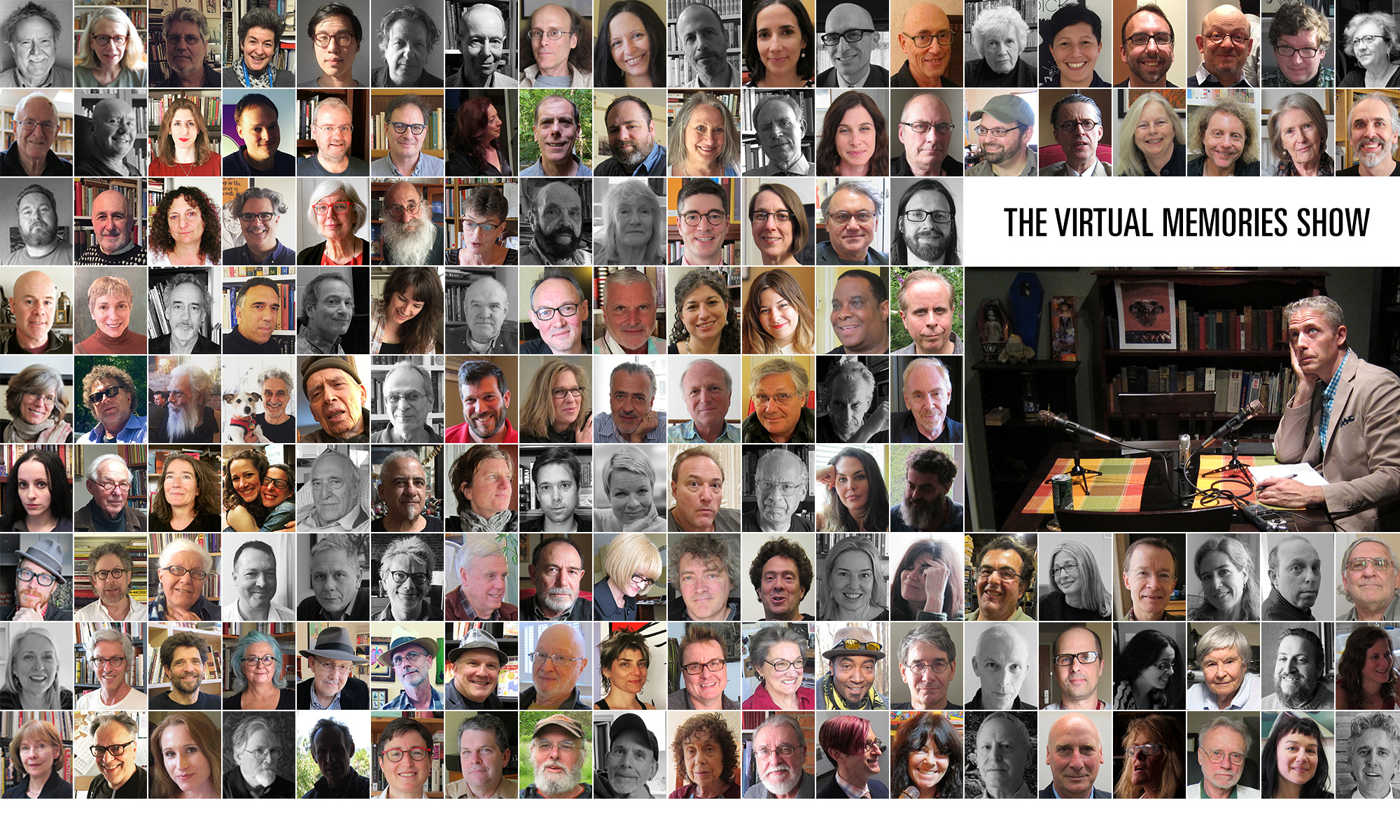Virtual Memories – season 4 episode 12 – Window, Pain
Podcast: Play in new window | Download
Subscribe: Spotify | TuneIn | RSS | More
“I set up a scenario where all of my characters were unhappy in one way or another, and they were all watching other people, as opposed to looking inward at their own lives. I didn’t know what people do about that. I was writing a realistic novel, but part of me believed that no one actually acts on their unhappiness.”
Tova Mirvis joins The Virtual Memories Show to talk about her brand-new novel, Visible City and how she learned to act on her unhappiness, as well as the lifelong advice she got from Mary Gordon, the ways that writing a book is like building a stained-glass window, why being an orthodox Jew in Memphis wasn’t just like Designing Women with better wigs, and the advantages of being offline for a week when the New York Times publishes your op-ed about getting divorced. Give it a listen!
“Orthodox Judaism and southern culture meld beautifully. In the south, there’s a way we do things and a way we don’t do things. And it’s the same in orthodox Judaism. They’re both very well-structured worlds. I grew up as a sort of cocktail of those two worlds.”
We also talk about how one person’s urge to freedom is another person’s betrayal, why Visible City took her 10 years to write, what you can discover about yourself in your 40s and what you can leave behind, and the varieties of religious experience (ours, not William James’). BONUS! You also get my essay/monologue about Jews & Geordies!
Podcast: Play in new window | Download
Subscribe: Spotify | TuneIn | RSS | More
Enjoy the conversation! Then check out the archives for more great episodes! Related conversations:
Follow The Virtual Memories Show on iTunes, Twitter, Facebook, Tumblr, and RSS!
About our Guest
Tova Mirvis is the author of three novels, Visible City, The Outside World
and The Ladies Auxiliary
, which was a national bestseller. Her essays have appeared in various anthologies and newspapers including The New York Times Book Review, The Boston Globe Magazine, Commentary, Good Housekeeping, and Poets and Writers, and her fiction has been broadcast on National Public Radio. She has been a Scholar in Residence at the Hadassah-Brandeis Institute at Brandeis University, and Visiting Scholar at The Brandeis Women’s Studies Research Center. She lives in Newton, MA with her three children.
Credits: This episode’s music is NYC USA by Serge Gainsbourg. The conversation was recorded at the Houghton Mifflin Harcourt offices on a pair of Blue enCORE 200 microphones, feeding into a Zoom H4n recorder
. The intro and monologue were recorded on the same setup in a hotel in Columbus, OH. Processing was done in Audacity and Garage Band. Photo of Ms. Mirvis by me.









